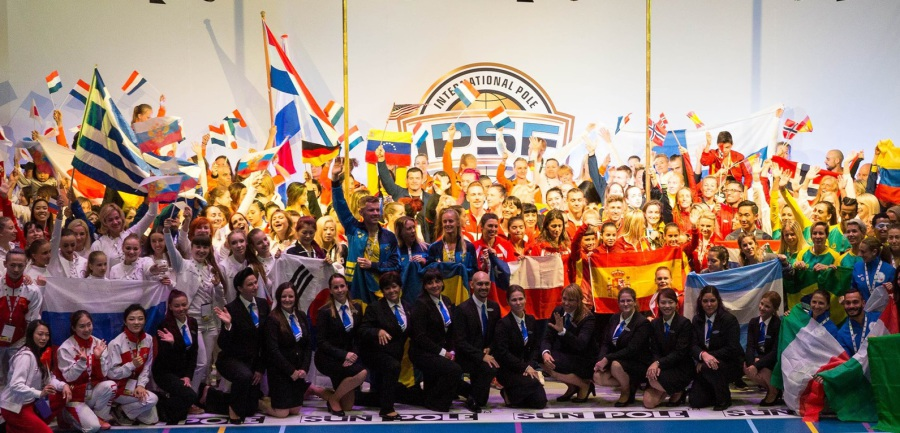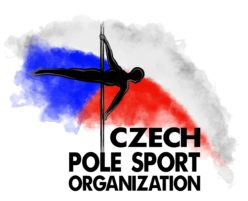The Czech Pole Sport Organization was founded in 2019 by Anna Galkina, Kara Katz and Michaela Hrbáčová with the purpose of uniting the athletes, coaches, judges and enthusiasts in the Czech Republic and enable them to represent the Czech Republic at the World Pole Sports Championship organized by international federation IPSF by organizing Czech Pole Sport Open competition.
Pole Sport is known in the Czech Republic aproximately from 2008 and nowadays it brings joy to several thousands of athletes and is taught in more than 60 pole dance schools.

History of IPSF: Pole Sports and Aerial Hoop in the World
The concept of Pole as a sport dates back to 2006, after pole became a popular fitness form in 2000 and pole competitions started gaining popularity. Competitions had little or no scoring or judging criteria, no way of consistently awarding points to those athlete that were technically and artistically superior, and rules consisted of very little in the way of guidance on what the judges were and were and were not looking for.
In 2006, a survey was carried out by Katie Coates to see how the pole community felt about Pole Sports becoming an Olympic Sport; over 10,000 voted in favour. In 2008, Tim Trautman of the USA began working with Katie on the International Pole Sports Federation, and the term Pole Sports was created transforming Pole forever from a physical activity performed socially and for fitness, into to an international sport and competition.
Soon, national federations began forming and competitive teams were organised. The 1st World Pole Sports Championships took place in 2012 with just 43 athletes from 14 countries; only 5 were men. 2013 saw the launch of the Youth category with just 7 athletes. Just 5 years later, in 2017, there was an increase of over 80% in participation in the youth category; in total, 229 athletes from 36 countries competed on the World Pole Sports stage.
By mid-2011, an estimated 95 percent of all Pole Sports Athletes were girls and women; as a consequence the feedback from the IOC has been to improve the balance in genders, which the IPSF have pushed to do. In 2017, male junior and novice categories were opened for the first time, which helped to increase male participation by more than 70%.
In 2014 the IPSF contacted GAISF regarding the application process, and the road to recognition began. The IPSF began aligning itself to the GAISF and IOC criteria, expanding national federations to 25 with a further 12 in the application process.
Development of the sport over the years:
- 2009 – Formation of the IPSF
- 2012 – First World Championships
- 2013 – Introduction of a youth programme
- 2014 – First contact with SportAccord (now GAISF)
- 2014 – Anti-Doping programme introduced
- 2015 – First application to SportAccord (now GAISF)
- 2016 – Approved as a WADA signatory
- 2016 – Applied to the IOC for membership
- 2017 – Signed a trilateral agreement with the FIG and GAISF to allow the IPSF membership of GAISF
- 2017 – Observer Status granted by GAISF
